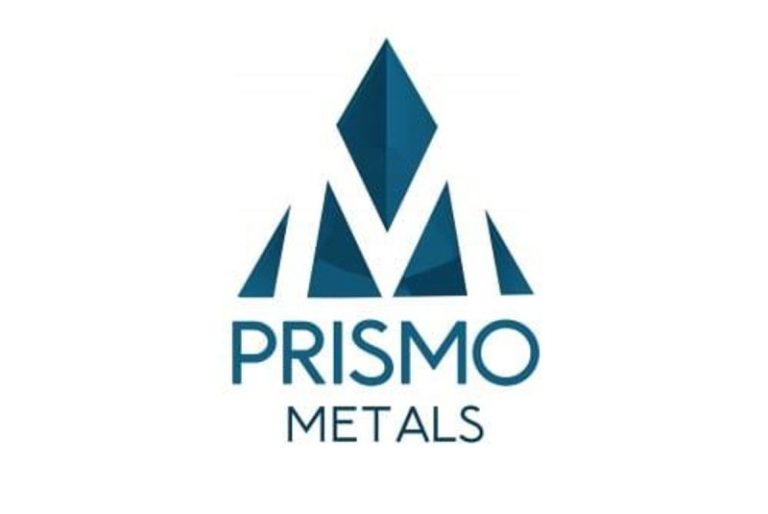(TheNewswire)
Vancouver, British Columbia, October 2, 2025 TheNewswire – Prismo Metals Inc. (‘ Prismo ‘ or the ‘ Company ‘) (CSE: PRIZ,OTC:PMOMF) (OTCQB: PMOMF) is pleased to announce that all matters were approved at the Company’s annual general and special meeting of shareholders held on October 2, 2025 (the ‘ Meeting ‘).
At the Meeting, the Company’s shareholders elected a board of directors comprising Alain Lambert, Louis Doyle, Craig Gibson and Martin Dupuis, and approved the re-appointment of the Company’s current auditor, DeVisser Gray LLP. In addition, shareholders approved (a) the adoption of the new ‘rolling up to 20%’ long-term incentive plan (the ‘ Plan ‘) dated August 18, 2025; (b) the continuance of the Company from Canada into British Columbia under the Business C orporations Act (c) and a possible new corporate name as is determined by the directors of the Company.
The Company also announces that, pursuant to the Plan, it has granted a total of 850,000 stock options (the ‘ Options ‘) to certain directors and officers of the Company and 100,000 Options to a consultant of the Company. The Options are each exercisable to purchase one common share of the Company (a ‘ Common Share ‘) at an exercise price of $0.15 for a period of five years. The Options will vest over one year, with one-quarter of the Options vesting every three months.
The Company has also issued an aggregate of 725,000 restricted share units (the ‘ RSUs ‘) to certain directors and officers of the Company. Each RSU entitles the holder to be issued one Common Share on vesting. T he RSUs will vest over one year, with one-quarter of the RSUs vesting every three months.
About Prismo Metals Inc.
Prismo (CSE: PRIZ,OTC:PMOMF) is mining exploration company focused on advancing its Silver King, Ripsey and Hot Breccia projects in Arizona and its Palos Verdes silver project in Mexico.
Please follow @PrismoMetals on , , , Instagram , and
Prismo Metals Inc.
1100 – 1111 Melville St., Vancouver, British Columbia V6E 3V6
Phone: (416) 361-0737
Contact:
Alain Lambert, Chief Executive Officer alain.lambert@prismometals.com
Gordon Aldcorn, President gordon.aldcorn@prismometals.com
Neither the Canadian Securities Exchange nor its Market Regulator (as that term is defined in the policies of the Canadian Securities Exchange) accepts responsibility for the adequacy or accuracy of this release.
NOT FOR DISTRIBUTION TO UNITED STATES NEWS WIRE SERVICES
OR FOR DISSEMINATION IN THE UNITED STATES
Copyright (c) 2025 TheNewswire – All rights reserved.
News Provided by TheNewsWire via QuoteMedia

